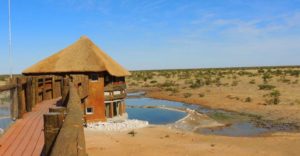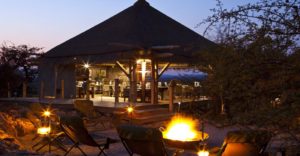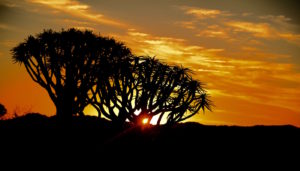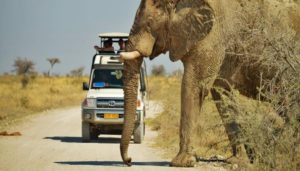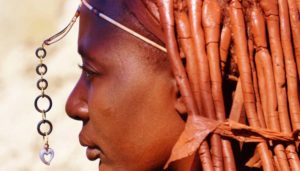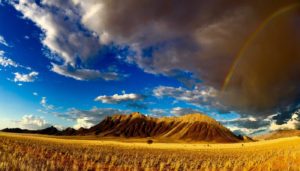-
Contact emailinfo@etoshanationalpark.co.za
- Bookmark
- Claim National Park
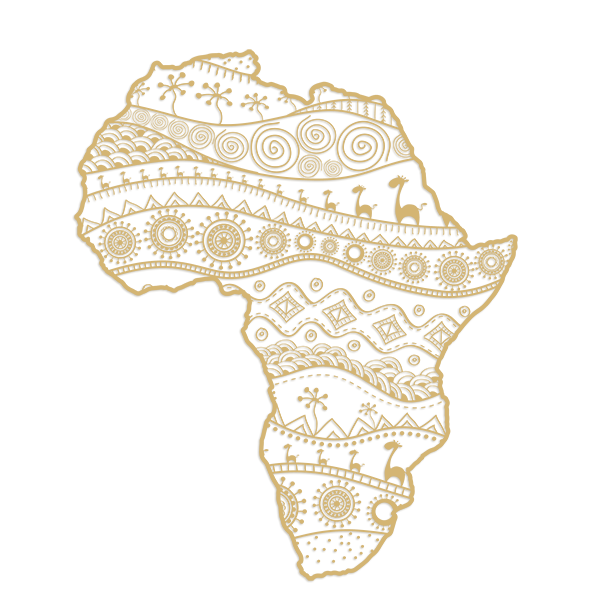
- Profile
- Tour Operators
- Accommodation
- prev
- next
- Get directions
- Website
- Bookmark
- Share
- Become an influencer
- prev
- next
Overview
Etosha National Park is a national park in north-western Namibia. The park was proclaimed a game reserve on March 22, 1907 in Ordinance 88 by the Governor of German South West Africa, Dr. Friedrich von Lindequist. It was designated as Wildschutzgebiet Nr. 2 which means Game Reserve Number 2, in numerical order after West Caprivi (Game Reserve No. 1) and preceding Namib Game Reserve (No. 3). In 1958, Game Reserve No. 2 became Etosha Game Park and was elevated to status of National Park in 1967 by an act of parliament of the Republic of South Africa which administered South-West Africa during that time.
Etosha National Park spans an area of 22,270 square kilometres (8,600 sq mi) and gets its name from the large Etosha pan which is almost entirely within the park. The Etosha pan (4,760 square kilometres (1,840 sq mi)) covers 23% of the area of the total area of the Etosha National Park.[2] The park is home to hundreds of species of mammals, birds and reptiles, including several threatened and endangered species such as the black rhinoceros.
The park is located in the Kunene region and shares boundaries with the regions of Oshana, Oshikoto and Otjozondjupa.
ETOSHA NATIONAL PARK is the gateway to Northern Namibia and Ovamboland. It is Namibia’s prime wildlife location and home to a large variety of mammals and birds. Etosha means the ‘ great white area ‘ this refers to large dried pan in the middle of the Etosha Park.
What makes this park unique is the floodlit waterholes at all the main camps. Visit Etosha National Park in Namibia this season and share in Namibia’s wildlife. Etosha park is any photographers dream. Plan your visit to Namibia and experience the great white area of Etosha.
Location
-
Oshana, Namibia
Vital Park Information
Namibia
22 270 km²
Tap water is purified in hotels, lodges and other public places so is safe to drink. If you are worried about drinking the tap water, bottled water is available to purchase throughout Namibia. Two litre bottles of water are available in the supermarkets which are great if you are on a self-drive safari.
Namibian Dollar (NAD) South African Rand (ZAR)
Intermediate Risk - anti-malarial drugs is advisable only for high risk people from October to May.
June, July, August, September, October
Etosha is open year-round, but wildlife viewing is at its best during the dry winter months from July to October. Less water is available during this time and the animals tend to gather around the few sources that are available. The Wet season (November to April) is less productive for spotting wildlife because the animals tend to move around more.
